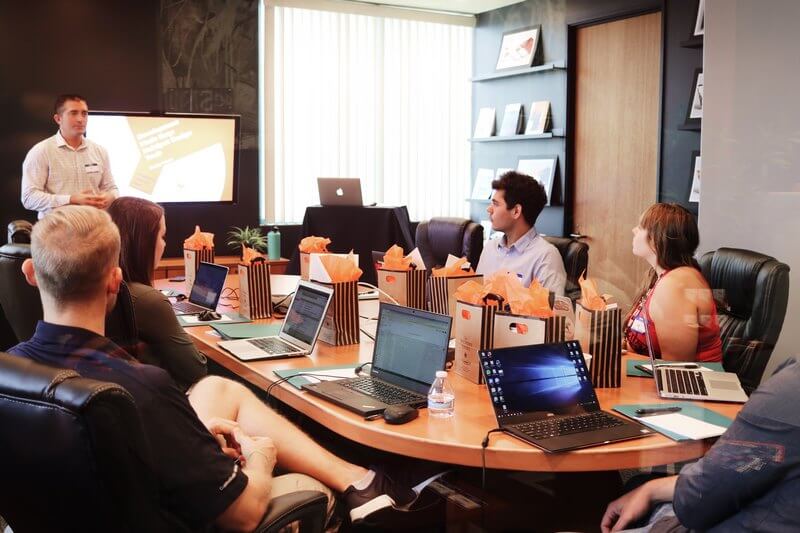Part 3 Road to Resilience Series - Strategy

Strategic thinking to reboot a resilience program
For the third installment of the Road to Resilience Series – Strategy, I will lead you through the vital steps to creating a roadmap for success. As we move past the pandemic phase of COVID, it’s time to take stock of our continuity, risk, and crisis programming. We leaders should analyze what served us well through this and other recent crisis events. Then, we need also to identify gaps. Last, now is the time to plan for the future and set an updated vision.
In the Road to Resilience kick-off, I mentioned that we have an opportunity to map out and refresh our programs. I aim to guide those new to continuity, risk, and crisis management or give seasoned professionals new tools for the resilience landscape. I made a daring statement last year that Business Continuity Plans are Dead. Do I think this modality will die tomorrow? No, but it will be replaced by more nimble, agile, and easier-to-digest formats. That’s why it’s time to be strategic.

Let's not hold onto the '80s
I also shared why I believe we are on the cusp of The End of Business Continuity As We Know It. The process we used to conduct business continuity remains mainly unchanged from the 1980s. I appreciate the ’80s, those procedures are 40 years old. Our continuity programs can’t stay static and expect to survive. Our businesses don’t, so we need to keep pace.
If it’s not broken, some may say don’t fix it. However, we did see a flood of business continuity programs fail at the start of COVID. Some companies felt their plans did little to help them during the crisis and our colleagues paid the price. Many of us found our pandemic plans made inadequate for the situation. These examples warn that changes need to be made to current programming.

Steps for strategic planning
So, for this Road to Resilience series – strategy, what plan of action can you take to achieve your goals? Marc Emmer lays out the steps concisely in his article, 10 steps to building a killer business strategy you can execute flawlessly. Below is a summary that you can start implementing now:
- Design your vision – create a snapshot of the future
- Articulate competitive advantage – define the unique value
- Define milestones – set executable targets
- Create a growth ladder – understand the scale & next steps
- Use data for decision-making – make choices based on facts
- Plan long-term – execute on continuous goals over time
- Adopt a flexible approach – expect to be agile & adaptable to change
Using this framework will set your program up for successful implementation. You want to create clear goals and an executable pathway and consider change management. Thus, you will not only set up a transparent program plan but also ensure you have a way to communicate and measure it.

How to communicate strategically
Next, I want to ensure you don’t miss a critical aspect of strategic planning: communicating successfully with leadership. Many of us can fail at this crucial phase. We can get so wrapped up in sharing and working on the tactical aspects of our work that we miss articulating results. So, many of us miss the strategic thinking aspect of performing our jobs.
In his podcast, How to Be Awesome at Your Job, Pete Mockaitis interviewed Stacey Boyle on six steps to be more strategic. Her first recommendation is to ensure you lead by articulating program achievements rather than focusing on how you got there. Of course, you should have that information in your back pocket if requested, but the point is that executives want you to lead the discussion with what you’ve accomplished. Next, you want to focus on articulating the big picture and avoid getting into the fine details. You also want to connect your work to the overall organizational goals. By bringing these elements together, you share business continuity’s value and why it helps the organization.

The importance of stakeholders to success
When building and implementing strategy, you also want to engage stakeholders. I suggest you connect with them to provide feedback on your vision and targets. Additionally, stakeholders can provide valuable input at critical intervals to ensure you are on track with the organization. It also strengthens buy-in and gives them a voice.
Meeting with stakeholders on an ongoing basis, both one-to-one and regular meetings, provide governance and process alignment. Take into account both constructive criticism and positive assessments. Both types of feedback help assess a program’s health. As a program owner, you need to remain open to both. Remember that the end goal of strategic execution is to ensure both resilience and business performance.

Building resilience program requirements
The next stop on the Road to Resilience series is a discussion of program requirements. Aligning your program to legislative requirements and recommendations is vital to long-term success. Whether you are new to creating a program structure or a seasoned veteran, my goal is to provide ideas and share the wisdom gained from almost twenty years in the field.
My objective with this segment was to answer how to be more strategic. Additionally, I want you to come away with a solid gut check that you are on the right path or have the tools to make meaningful change. It’s an honor to have you along on this journey. Join me for the program requirements installment next.
